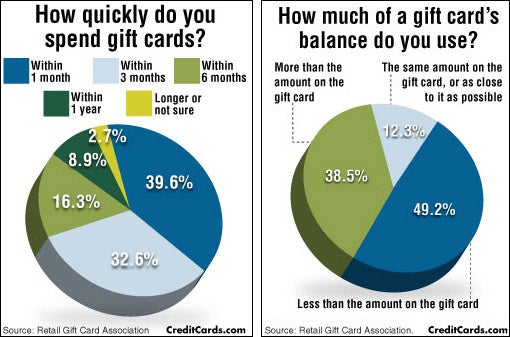Engraved glass honors stimulate an unwavering spirit of dedication and quality. They cultivate a society of acknowledgment that goes beyond ordered limits.
Wheel inscription is displayed on a goblet likely made in the 1700s covered with complex Chinese-style concepts. These concepts announced allegiance to the Jacobite cause. This is an exceptional instance of just how imported Asian goods influenced European style patterns.
Beginnings
As glassmaking became much more advanced, engravers knew that a layout included in a piece of glass transformed it from functional into desirable. They try out a range of scraping, abrading and reducing strategies.
One of the most experienced engravers produced fine comprehensive job. Anna Roemers Visscher, that was a glass cutter and engraver, was renowned for her fragile blossoms, motivated by the nature publications preferred in her time.
Engravers additionally sculpted fine linework into glass. By the end of the 17th century, engravers had begun to abandon linear clarity in favour of crosshatched chiaroscuro effects. One of the earliest examples is recorded on a jug by a Rotterdam engraver who signed his work with a scribbled freedom and vigour that lifted it above the rest.
Engraving continued to be a popular technique, although it was increasingly eclipsed by cut glass and new strategies such as etching, which was cheaper than engraving. Nonetheless, economic pressures after c1905, along with decreasing top quality of cut glass, saw a surge in the appeal of personalized glass, referred to as rock crystal.
Methods
Glassmakers utilized a range of methods to mark or embellish the surface of a vessel, frequently combining different methods. One strategy called stipple inscription, as an example, utilizes a point of tungsten or diamond to make small dots on the glass surface which create contrasting white lines when light sparkles via them.
Personalized glass honors are treasured for their beauty and status. They reflect the deep esteem and respect that firms hold for their staff members and cultivate a culture of excellence.
The translucency of glass personifies the openness and sincerity of business recognition, encouraging receivers to analyze their accomplishments and assess their journey in the company. In addition, the capability of engraved glass to display personalized message and images enables the creation of very one-of-a-kind and significant awards that evoke the feeling of greatness connected with this amazing material.
Designs
From the smooth lines of corporate check here awards to the engraved text on glass trophies, inscribed crystal is a sophisticated sign of recognition. Whether presented on someone's workdesk or kept as a keepsake, these tailored items convey a feeling of reputation and professionalism and trust that is tough to find in various other products.
The style of personalized glass has actually changed with time to show changing preferences and technical advancements. The old method of copper-wheel engraving has actually resisted predictions of obsolescence, and brand-new methods like etching are taking over where stippling as soon as held sway.
The earliest diamond-point engraving, of the 16th century, is tight and formal. It progressively ended up being more flexible and pleasing, however can quickly degenerate right into over-elaboration. In the 19th century Thomas Webb & Sons introduced "rock crystal" with deep cutting and copper-wheel engraving, which mimicked luxury vessels cut of rock crystal in Europe and the Orient (see Ewer by Webb & Sons). The company's primary engravers were Bohemian immigrants Frederick Engelbert Kny and William Fritsche, who authorized their deal with a monogrammed G.
Significance
Engraved glass was pricey and sought after. This was due to the fact that it included one of the most demanding glass refining technique and depended upon the precision and initiative of an experienced artisan. The highest point of inscribing was available in the 17th century and was very much a part of the Baroque and Rococo durations.
During this time around, engraved cups could be used to connect messages of social status. They would certainly display family members crests and political allegiances. They can also flaunt one's taste for the most up to date fashion and layout patterns.
Today, personalized glass is still an essential art kind. Nevertheless, breakthroughs in innovation and laser modern technology have streamlined the procedure and made it more exact. The resulting intricate styles are both stunning and long lasting. Moreover, new types of glass have actually been created to respond far better to lasers. This has broadened the opportunities for artists and developers. It also lessens the ecological impact of the procedure. For example, optical crystal is an outstanding selection for engraved awards due to the fact that it is clear and reflects light well.
